Do Treadmills Use a Lot of Electricity? Here’s the Real Truth
/0 Comments/in Blog, Exercise Equipment, HOT NEWS, NEWSWhy People Worry About Treadmill Power Use
If you’ve ever looked at your home gym setup and wondered, “Is this treadmill running up my power bill?” — you’re not alone. Many people assume treadmills are energy hogs because they’re large machines with motors and screens. But the reality is much different.
Most electric treadmills are surprisingly efficient. In fact, that big TV in your living room or your air conditioner probably uses more energy than your treadmill. The key is understanding how treadmill power works — and how to use it smartly.
How Much Power Does a Treadmill Actually Use?
Let’s break it down. A typical treadmill power consumption ranges from 600 to 700 watts during normal operation, and up to 1,500 watts at full speed and incline.
If you run 30 minutes a day, five days a week, that adds up to roughly 15 to 20 kilowatt-hours (kWh) per month — or about $2–$4 on your electric bill, depending on your local rates.
In short: treadmills don’t “drain” electricity. They’re comparable to running a small kitchen appliance like a blender or microwave for short periods. What matters more is the motor quality and efficiency.
What Affects a Treadmill’s Energy Usage
Not all treadmills are created equal. A few factors influence how much electricity your machine uses:
Motor size (HP): Higher horsepower offers more power for intense workouts, but it can slightly increase energy draw.
User weight: Heavier users create more resistance, making the motor work harder.
Speed and incline: Faster speeds and steeper inclines naturally demand more electricity.
Maintenance: A well-lubricated belt and clean motor reduce friction and improve efficiency.
Choosing a treadmill that balances motor strength with energy efficiency is the key to keeping costs low without sacrificing performance.
How HARISON Treadmills Save Energy
HARISON has designed its electric treadmills with efficiency in mind from the start. Models like the HARISON T101ECO feature low-resistance motors and energy-saving systems that automatically reduce power draw when idle.
The name says it all — “ECO” stands for economy. Even at higher speeds, HARISON treadmills maintain smooth performance without wasting energy. Plus, the built-in display and Bluetooth system use minimal electricity, so you’re getting high performance without unnecessary power drain.
If you’re running a home gym and want reliable performance that’s light on your wallet, HARISON’s design philosophy fits perfectly.
Smart Tips to Reduce Power Consumption
You can make your treadmill power consumption even lower with a few smart habits:
Unplug after use: Even idle machines draw standby power.
Keep it clean and lubricated: Friction increases energy waste.
Avoid long idle times: Turn off your treadmill between sessions.
Use lower inclines and steady speeds: You’ll still get a solid cardio workout with less strain on the motor.
These small adjustments add up — both for your electric bill and your treadmill’s lifespan.
Why the Electricity Cost Is Worth It
Even at a few dollars per month, the benefits of a treadmill far outweigh the costs. You’re investing in daily convenience, year-round consistency, and better health. No commuting to the gym, no waiting for a machine, no excuses.
For most users, the treadmill’s electricity use is a tiny tradeoff for staying active — especially when compared to gym memberships, gas costs, or medical bills related to inactivity.
When you look at the big picture, an energy-efficient treadmill like HARISON’s isn’t an expense — it’s a smart investment in long-term wellness.
Conclusion: Efficient, Affordable, and Worth Every Watt
So, do treadmills use a lot of electricity? Not really. Most home models are far more efficient than people think. With smart engineering and good maintenance, your treadmill will barely make a dent in your electric bill.
Choosing a quality brand like HARISON means you get strong motor performance, eco-friendly design, and smooth operation — everything you want in a home workout machine that’s powerful but efficient.
People Also Ask
How much electricity does a treadmill use per hour?
Usually between 600–1,500 watts, depending on speed and incline settings.
Is it okay to leave a treadmill plugged in all the time?
It’s better to unplug it after workouts to save energy and protect against power surges.
Do manual treadmills use electricity?
No — manual treadmills run solely on your movement, though they lack features like motorized incline or speed control.
What’s the most energy-efficient treadmill brand?
Brands like HARISON focus on eco-friendly, low-resistance motors to keep energy use minimal without losing power.
Can running at higher inclines increase my power bill?
Slightly, yes. Steeper inclines make the motor work harder, but the overall cost difference is still small.

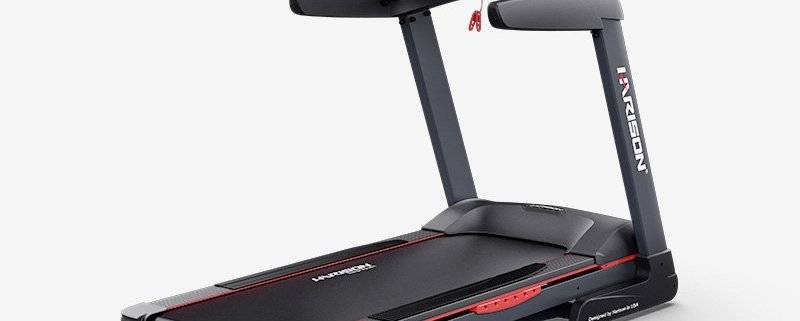

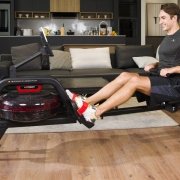
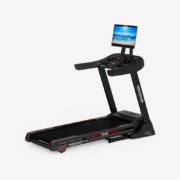
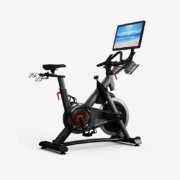



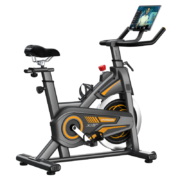







Leave a Reply
Want to join the discussion?Feel free to contribute!